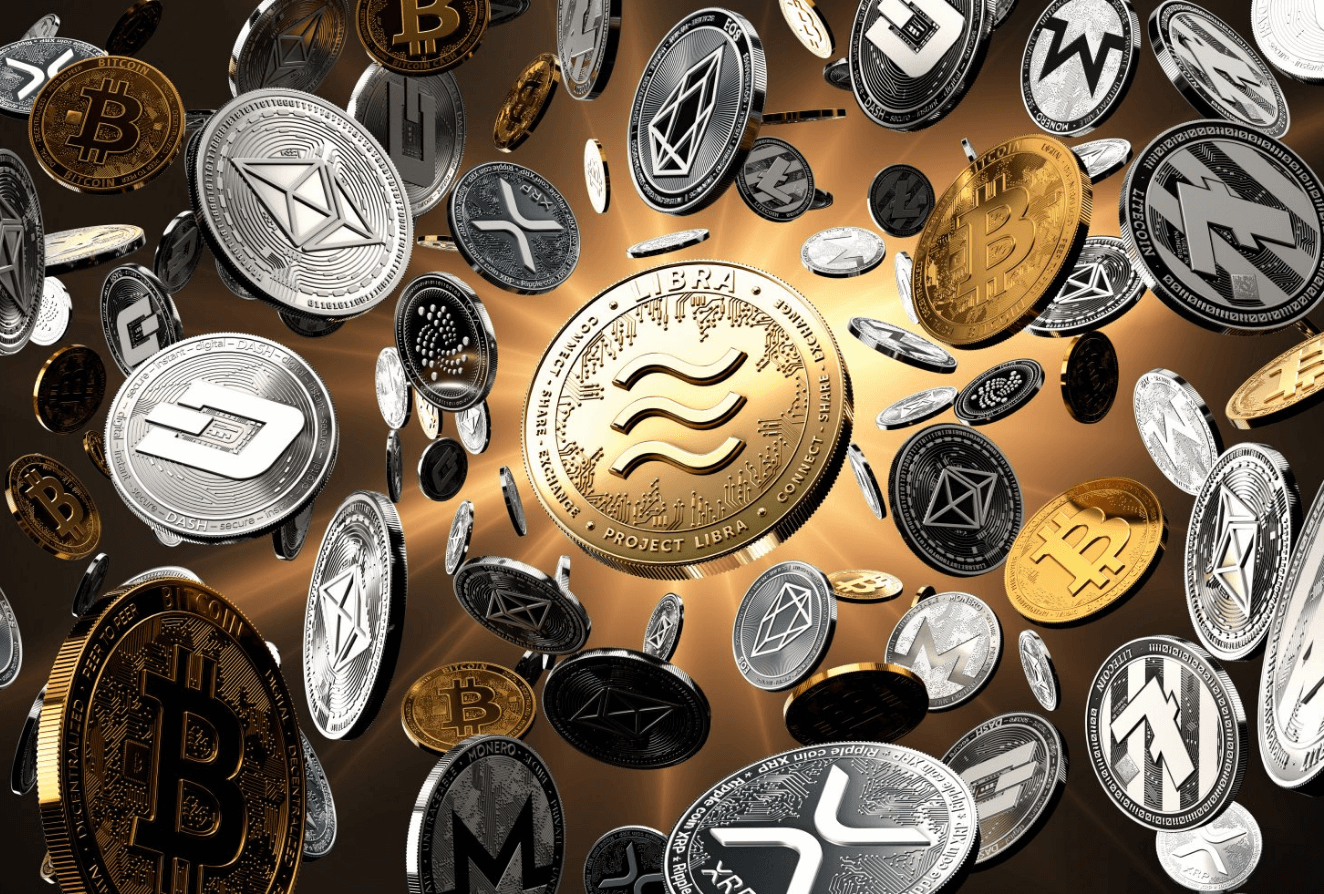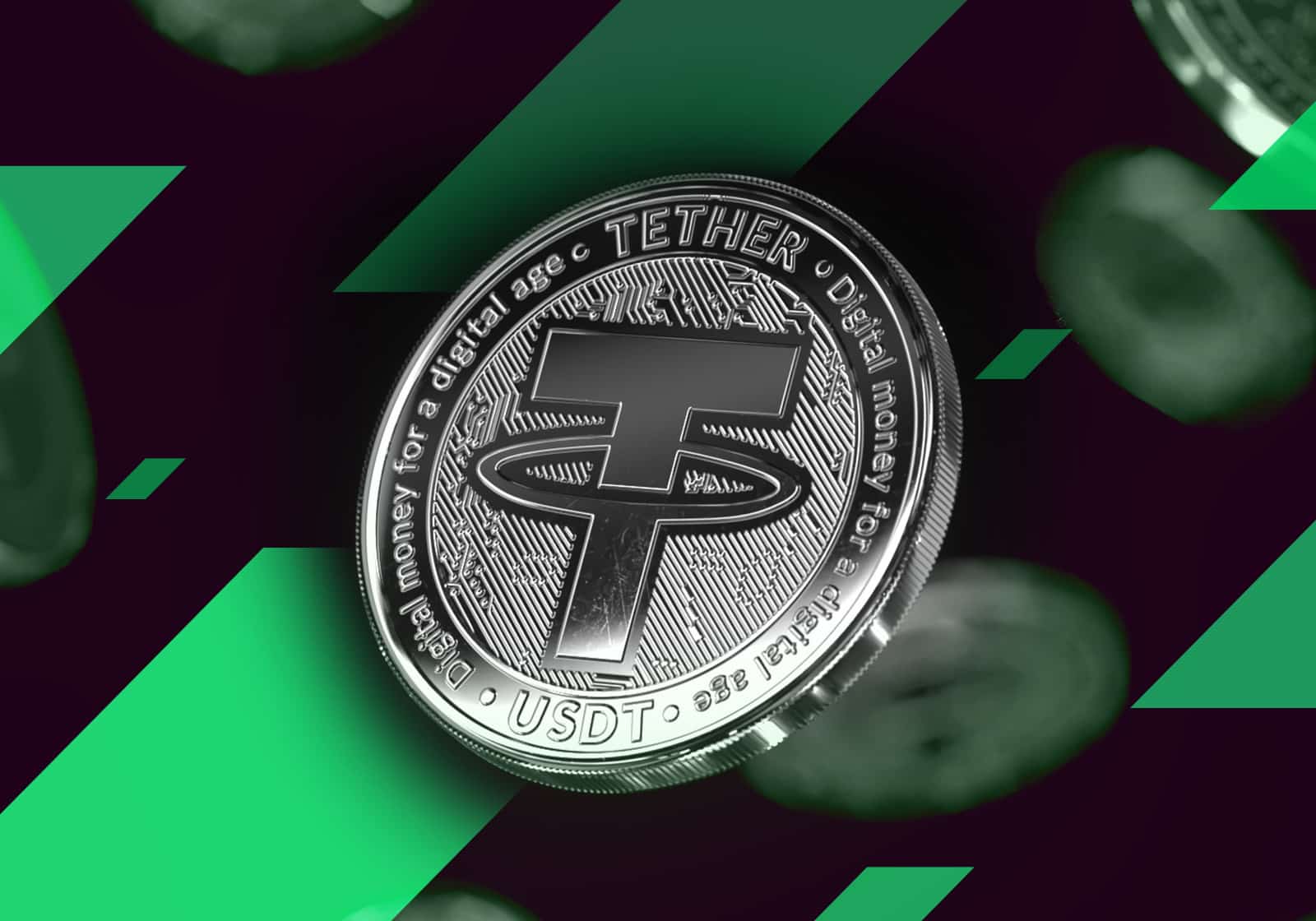
Bitcoin has not only been a trendsetter, heralding in a tide of cryptocurrencies constructed on a decentralized peer network—it has also become the de facto standard for cryptocurrencies, inspiring an ever-growing legion of adherents and spinoffs.
Because it isn't the only cryptocurrency available, looking into others and finding out which ones besides Bitcoin are doing well is essential. Here are some alternative cryptocurrencies that have held on throughout precipitous price advances and nosedives.
What Are Cryptocurrencies?
Before having a closer look at some of these alternatives to Bitcoin (BTC), let's step back and briefly examine what we mean by "cryptocurrency" and "altcoin":
A cryptocurrency, broadly defined, is virtual or digital money that takes the form of "tokens" or "coins."
The cryptocurrencies modeled after Bitcoin are collectively called altcoins and have sometimes attempted to promote themselves as modified or enhanced versions of Bitcoin.
The "crypto" in cryptocurrencies refers to the cryptographic technics that enable for creating and processing digital currencies. Alongside this essential "crypto" feature is a common commitment to remaining decentralized; cryptocurrencies are typically developed by teams who build in mechanisms for issuance (often, although not always, through a process called mining) and other controls.
Cryptocurrencies are almost always designed to be free from government manipulation and control—although, as they have grown more popular, this foundational aspect of the industry has come under fire.
Types of Altcoins

Cryptocurrencies
Cryptocurrencies are intended for payments, transmitting value (akin to digital money) across a decentralized network of users. Many altcoins (i.e., those that are not Bitcoin or sometimes Ethereum) are classified in this manner.
Tokens
There are also blockchain-based tokens that are intended to serve a distinct purpose from that of money. One example could be a token issued as part of an initial coin offering (ICO) that represents a stake in a blockchain or decentralized finance (DeFi) initiative. If the tokens are attached to the value of the company or enterprise, they can be termed security tokens (as in securities like equities, not safety).
Other tokens have a particular use case or function. Examples include Storj tokens, which enable people to share files across a decentralized network, or Namecoin, which provides a decentralized Domain Name System (DNS) utility for internet addresses.
Storj. "How it Works." These are known as utility tokens.
Today, while many crypto users comprehend and appreciate these distinctions, traders and casual investors may not notice the difference because all categories of tokens tend to trade on crypto exchanges in the same manner.
1. Ethereum (ETH)
The first Bitcoin alternative on our list, Ethereum (ETH), is a decentralized software platform that enables smart contracts and decentralized applications (dApps) to be built and operate without any outage, fraud, control, or interference from a third party. The aim behind Ethereum is to create a decentralized suite of financial products that anyone in the world can freely access, regardless of nationality, ethnicity, or faith. This aspect makes the implications for people in some countries more compelling because those without state infrastructure and state identifications can get access to bank accounts, loans, insurance, or a variety of other financial products.
Ethereum employs ether, its platform-specific cryptographic token. Ether (ETH) is used to pay validators who stake their coins for their labor for the blockchain, as a payment method off-chain, and as an investment by speculators.
Ether (ETH), launched in 2015, is presently the second-largest digital currency by market capitalization after Bitcoin, although it trails behind the dominant cryptocurrency by a significant margin. Trading at around $1,652 per ETH on August 25, 2023, Ether's market cap of almost $199 billion was less than half of Bitcoin's.
2. Tether (USDT)

Tether (USDT) was one of the first and most prominent of the stablecoins—alternative cryptocurrencies that seek to link their market value to a currency or other external reference point to reduce volatility. Because most digital currencies, even significant ones like Bitcoin, have experienced frequent periods of dramatic volatility, Tether and other stablecoins attempt to balance out price fluctuations to attract users who may otherwise be cautious.
Tether’s price is linked directly to the U.S. dollar because the developers claim to retain one U.S. dollar for every circulating USDT. This system enables users to more easily make transfers from other cryptocurrencies back to U.S. dollars in a more timely manner than actually converting to standard currency. Launched in 2014, Tether characterizes itself as “a blockchain-enabled platform...to make it easier to use fiat currency digitally.” Effectively, this cryptocurrency allows individuals to utilize a blockchain network and related technologies to transact in traditional currencies while mitigating the volatility and intricacy often associated with digital currencies. On July 22, 2023, Tether was the third-largest cryptocurrency by market capitalization, with a market cap of $83.8 billion and a per token value of $1.00.
3. XRP
XRP is the native token for the XRP Ledger, developed as a payment system by Ripple in 2012. The XRP Ledger employs a consensus mechanism dubbed the XRP Ledger Consensus Protocol, which doesn't use proof-of-work or proof-of-stake for consensus and validation. Instead, client applications sign and submit transactions to the ledger servers. The servers then compare the transactions and conclude whether they are candidates for insertion into the ledger. The servers then submit the transaction candidates to validators, who work to concur that the servers got the transactions correct and record the ledger version. On July 22, 2023, XRP had a market valuation of about $39.3 billion and traded around $0.74.
4. Binance Coin (BNB)
Binance Coin (BNB) is a utility cryptocurrency that operates as a payment mechanism for the fees associated with trading on the Binance Exchange. It is the third-largest cryptocurrency by market capitalization. Those who use the token as a means of payment for the exchange can trade at a discount. Binance Coin’s blockchain is also the platform on which Binance’s decentralized exchange operates. The Binance Exchange was founded by Changpeng Zhao and is one of the most extensively used exchanges in the world based on trading volumes. Binance Coin was initially an ERC-20 token that operated on the Ethereum blockchain. It eventually launched a mainnet and employs a PoS consensus model. On July 22, 2023, Binance Coin had a $37.3 billion market capitalization, with one BNB valued at around $242.55.
5. USD Coin (USDC)

Another stablecoin, USD Coin, also ties its price to the U.S. dollar using fiat-collateralized reserves, which means it retains a quantity of fiat currency equal to the amount of USD Coin in circulation. USD Coin was introduced in 2018 by the Centre Consortium, which consists of Circle and Coinbase. Because Circle is situated in the U.S., it is subject to regulation, rendering USDC a regulated stablecoin.As of July 22, 2023, USD Coin had a market valuation of $30.8 billion and a price per coin of $0.9999.
6. Cardano (ADA)
Cardano (ADA) is a "Ouroboros proof-of-stake" cryptocurrency developed with a research-based approach by engineers, mathematicians, and cryptography specialists. The initiative was co-founded by Charles Hoskinson, one of the five initial founding members of Ethereum. After disagreeing with the direction that Ethereum was pursuing, he departed and later helped to create Cardano.
The team behind Cardano created its blockchain through extensive experimentation and peer-reviewed research. The researchers behind the initiative have published more than 120 papers on blockchain technology across numerous topics. This research is the backbone of Cardano. Due to this rigorous procedure, Cardano stands out among its PoS counterparts and other prominent cryptocurrencies. Cardano has also been labeled a "Ethereum killer" because its blockchain is said to be capable of more. That said, Cardano is still in its early phases, with a long way to go regarding DeFi applications.
Cardano seeks to be the world's financial operating system by establishing DeFi products similar to Ethereum's. It intends to provide solutions for chain interoperability, voter fraud, and legal contract tracing, among other things. On July 22, 2023, Cardano had the seventh-largest market capitalization at $10.9 billion, and one ADA traded for around $0.31.
7. Solana (SOL)
Founded in 2017, Solana is a blockchain platform designed to facilitate decentralized applications (dApps). Also referred to as a 'Ethereum assassin,' Solana conducts many more transactions per second than Ethereum. Additionally, it charges reduced transaction fees than Ethereum. Solana and Ethereum can utilize smart contracts, which are essential for operating cutting-edge applications, including decentralized finance (DeFi) and non-fungible tokens (NFTs).
The cryptocurrency operating on the Solana blockchain is named Solana (SOL). Since its inception, its price has risen tremendously. Solana had a market capitalization of $8.4 billion and was valued at around $21 on July 22, 2023, making it the eighth-largest cryptocurrency by market cap.
8. Dogecoin (DOGE)

Dogecoin (DOGE), seen by some as the original “memecoin,” caused a commotion in 2021 as its price skyrocketed. The coin, which employs an image of the Shiba Inu as its avatar, is recognized as a form of payment by some large corporations.
Dogecoin was created by two software architects, Billy Markus and Jackson Palmer, in 2013. Markus and Palmer reportedly created the coin as a prank, commenting on the chaotic conjecture of the cryptocurrency market.
As of July 22, 2023, Dogecoin’s market capitalization was $ 9.9 billion, and one DOGE was valued at around $0.07, making it the ninth-largest cryptocurrency.
Why Are Cryptocurrencies Important?
As decentralized platforms, blockchain-based cryptocurrencies enable individuals to engage in peer-to-peer financial transactions or enter into contracts. In either instance, there is no need for some trusted third-party intermediary such as a bank, monetary authority, court, or judge. This has the potential to undermine the existing financial order and democratize finance. The scale of the cryptocurrency space has grown exponentially, with innovations and a collective market capitalization of more than $1.2 trillion.
Why Are There So Many Cryptocurrencies?
Most cryptocurrencies today are derived in some form or another from Bitcoin, which employs open-source code and a censorship-resistant architecture. This means anyone can duplicate and modify the code and create their own new coin—which many entities do for various reasons.
What Are Some Other Important Cryptocurrencies?
Many cryptocurrencies have gained importance or hold the promise to do so. Other important coins include Litecoin (LTC), Chainlink (LINK), Cosmos (ATOM), and Monero (XMR).
Why Is Bitcoin Still the Most Important Cryptocurrency?
Despite the thousands of competitors that have sprung up, Bitcoin—the original cryptocurrency—remains the dominant actor in terms of usage and economic value. None have matched its market cap and value so far.
